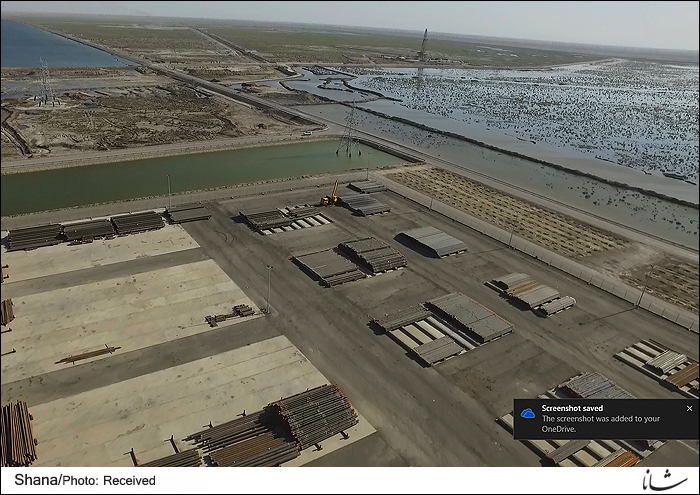He said in summer, due to the temperature above 50 degrees in the region and evaporation of water, high amount of water was lost in the Lagoon, but now with fall of temperature and end of the Summer season, the climatic conditions in the Hurolazim Lagoon have improved. "Regional rainfalls beginning shortly in this month, will provide more favorable conditions in the Lagoon."
Lahijanzadeh said that by end of this year, the Lagoon will be inundated almost to its full capacity (70 percent) and since in the winter and fall seasons, there will be no farming in the region, so all water of the Karkheh river will fully enter the Lagoon.
The director then said south of the Lagoon used to turn into a main hub of dust storms in the region and its revival removed the environmental hazard.
He noted that Ministry of Petroleum last year allocated a credit of 200 billion rials for the purpose. "The Ministry built 38 subterranean ways and bridges in the region where the Lagoon of Hurolazim is located. So, various parts of the Lagoon and its basins, that were formerly blocked, once again were linked with each other."
Head of the DoE Masoomeh Ebtekar had sometime ago announced that revival of lagoons and wetlands is one of the important measures government has adopted to counter dust. "In the year 1392 (2013-14), Hurolazim pond was fully dried up; thus far, more than 60 percent of wetland has been inundated and the hubs of dust have been removed."
Hurolazim pond is the biggest wetland of Iranian and Khouzestan Province. It is located on Iran-Iraq border and about one third of the pond is in Iran and the rest in Iraq.
Khuzestan is not the only Iranian province where wetlands have dried up or are on the verge of drying up. The water level of Orumieh Lake, located in West Azarbaijan province, has also declined sharply.
Experts have warned that the conditions of the lake could worsen, afflicting nearby residents with salt storms.
The first global treaty dealing with biodiversity was the Ramsar Convention, predating the Rio processes by 20 years.
Ramsar aims to conserve wetlands, the usefulness of which has been undervalued — even the eminent French naturalist of the 18th century, the Comte de Buffon, advocated their destruction — and suffered large losses in recent decades.
Far from being wastelands, wetlands provide invaluable services, replenishing aquifers that supply drinking water and filter out harmful pollutants. By maintaining a healthy environment, wetlands help ensure human wellbeing.


Your Comment